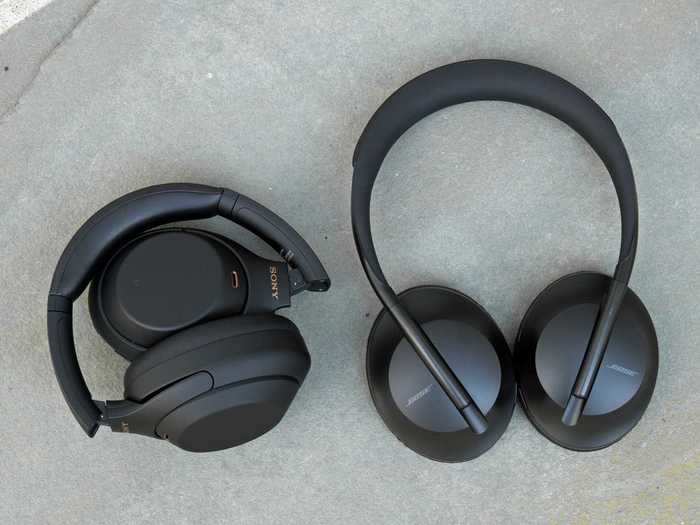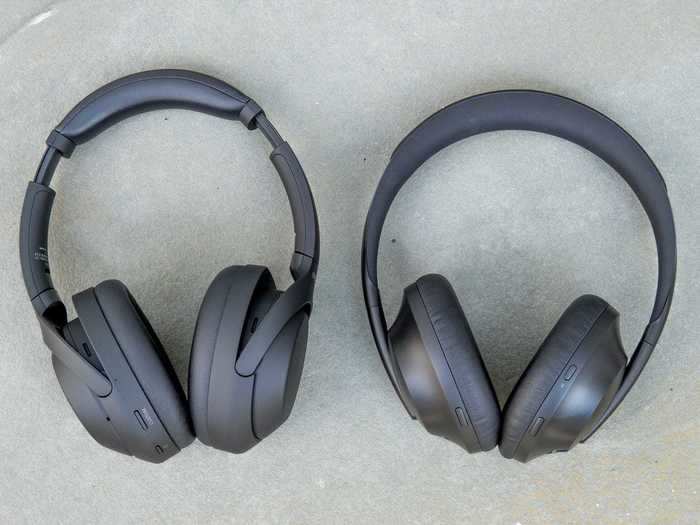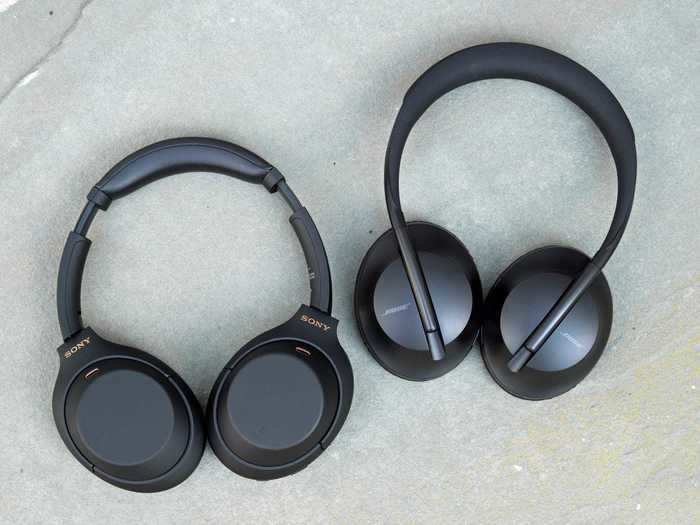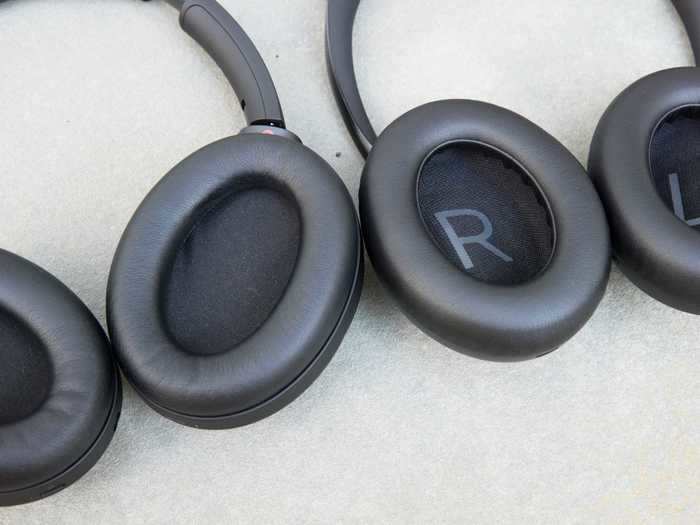Sony's new $350 'Bose killer' headphones vs. Bose's highly rated $400 noise-cancelling headphones
Antonio Villas-Boas
When you buy through our links, we may earn money from our affiliate partners. Learn more.
- The brand-new $350 Sony WH-1000XM4 and the latest $400 Bose 700 offer very similar propositions — a premium set of wireless, noise-cancelling headphones that sound amazing.
- At the same time, they're quite different in almost every way. They sound different, they come with different features, and they're priced differently, too.
- For people who "just want a pair of good headphones" out of the box and aren't likely to download apps and customize sound, the Bose 700 come highly recommended.
- With that said, if you're willing to use the Sony Headphones app and play around with different sound styles, the Sony WH-1000XM4 could let you enjoy your music even more than the Bose.
The Sony WH-1000XM4 and Bose 700 both tick off all the basics for a premium headphone experience in 2020 and beyond — they help hush the noise around you with active noise cancelling, they deliver premium sound, they're comfortable, and they're wireless.
At $350 for the Sony WH-1000XM4 and $400 retail for the Bose 700, they offer more than simply the basics. You get important features that let you connect to two devices at a time (great if you switch between your computer and phone), and they also offer among the best phone call quality I've ever heard on headphones. You're getting excellent bang for your buck with these cans.
I've had the luxury and pleasure to try both of these headphones side-by-side, and there are important and major differences between the Sony WH-1000XM4 and Bose 700 you should know about before making a decision. You can also check out the full review for the Bose 700 here.
The Sony WH-1000XM4 can be preordered now, and will be released and available to buy starting in mid-August. The Bose 700 were released in June 2019.
Table of Contents: StaticREAD MORE ARTICLES ON
Popular Right Now
Popular Keywords
Advertisement





